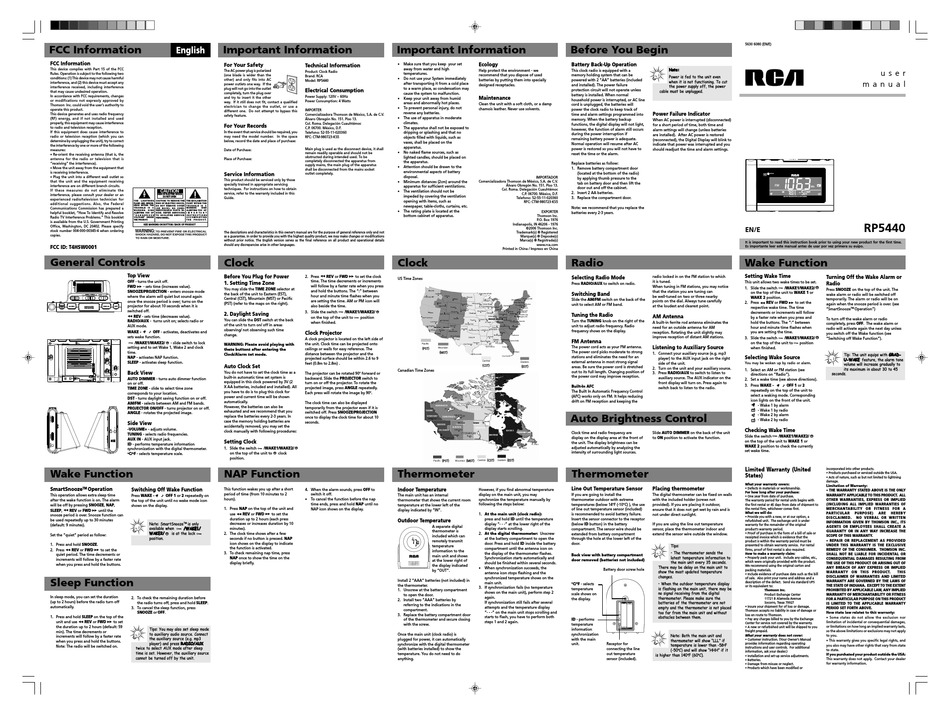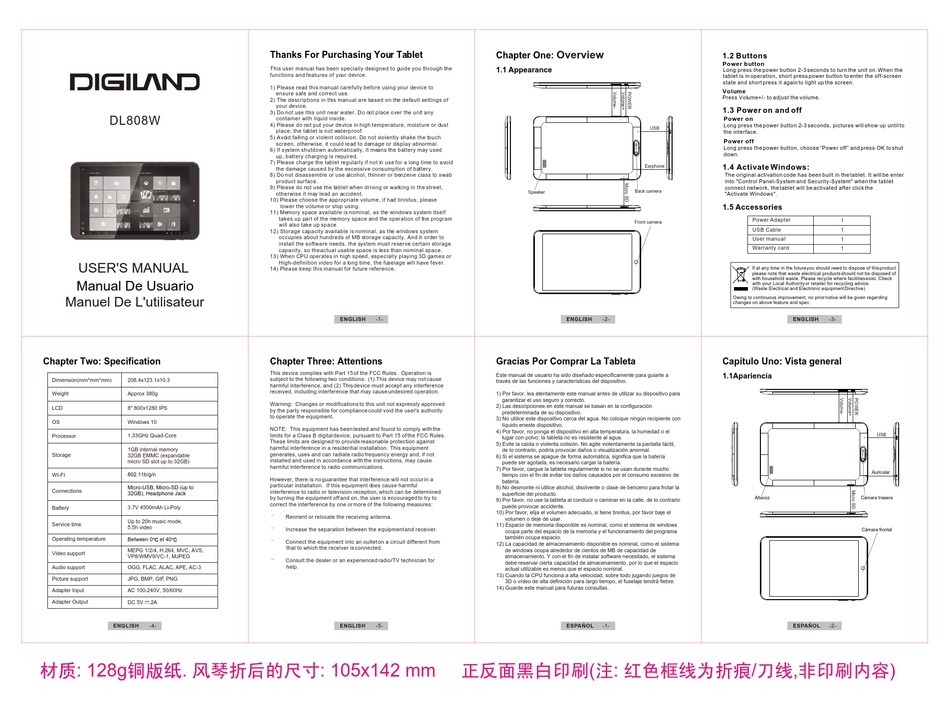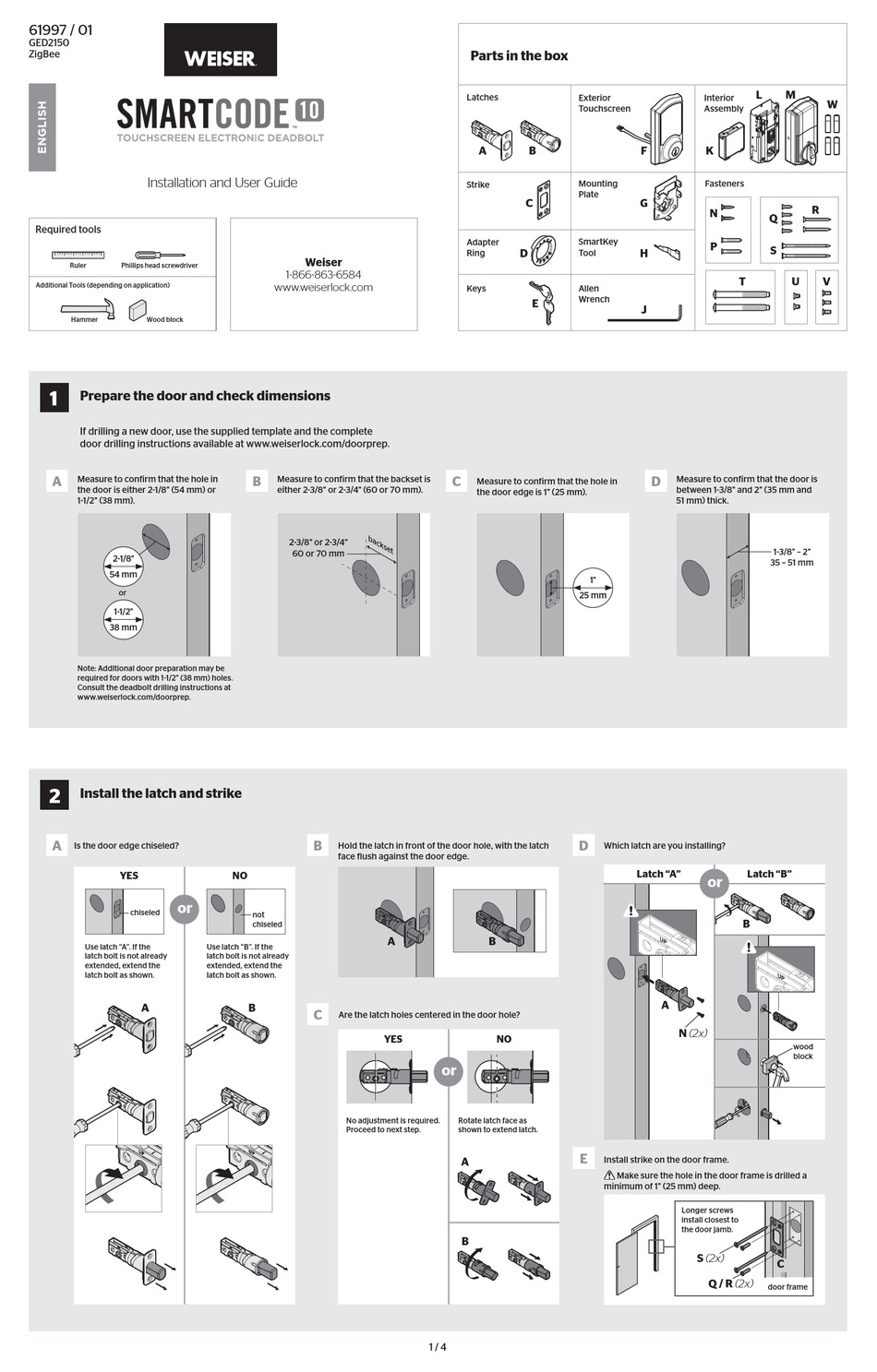
Union is a structure with overlapping members only the last member stored is valid.Heterogeneous aggregate data types ( struct) allow related data elements to be accessed and assigned as a unit.User-defined ( typedef) and compound types are possible.Data typing is static, but weakly enforced all data has a type, but implicit conversions are possible.A function may call itself, so recursion is supported.Variables may be defined within a function, with scope.Functions may not be defined within the lexical scope of other functions.Function and data pointers permit ad hoc run-time polymorphism.Function return values can be ignored, when not needed.

Hiide operators manual full#
The language has a small, fixed number of keywords, including a full set of control flow primitives: if/else, for, do/while, while, and switch.The C language also exhibits the following characteristics: The semicolon separates statements and curly braces are used for grouping blocks of statements. Pass-by-reference is simulated in C by explicitly passing pointers to the thing being referenced.Ĭ program source text is free-form code. the address of the first item in the array. Function parameters are passed by value, although arrays are passed as pointers, i.e.
Hiide operators manual code#
In C, all executable code is contained within subroutines (also called "functions", though not in the sense of functional programming). Overview ĭennis Ritchie (right), the inventor of the C programming language, with Ken ThompsonĬ is an imperative, procedural language in the ALGOL tradition. Since 2000, C has consistently ranked among the top two languages in the TIOBE index, a measure of the popularity of programming languages. A standards-compliant C program written with portability in mind can be compiled for a wide variety of computer platforms and operating systems with few changes to its source code. Despite its low-level capabilities, the language was designed to encourage cross-platform programming.

It was designed to be compiled to provide low-level access to memory and language constructs that map efficiently to machine instructions, all with minimal runtime support. C has been standardized by ANSI since 1989 ( ANSI C) and by the International Organization for Standardization (ISO).Ĭ is an imperative procedural language, supporting structured programming, lexical variable scope and recursion, with a static type system.

It has become one of the most widely used programming languages, with C compilers available for practically all modern computer architectures and operating systems. During the 1980s, C gradually gained popularity. It was applied to re-implementing the kernel of the Unix operating system. C is commonly used on computer architectures that range from the largest supercomputers to the smallest microcontrollers and embedded systems.Ī successor to the programming language B, C was originally developed at Bell Labs by Ritchie between 19 to construct utilities running on Unix. It has found lasting use in operating systems, device drivers, protocol stacks, though decreasingly for application software. By design, C's features cleanly reflect the capabilities of the targeted CPUs. It was created in the 1970s by Dennis Ritchie, and remains very widely used and influential. Numerous: AMPL, AWK, csh, C++, C-, C#, Objective-C, D, Go, Java, JavaScript, JS++, Julia, Limbo, LPC, Perl, PHP, Pike, Processing, Python, Rust, Seed7, Vala, Verilog (HDL), Nim, ZigĬ ( pronounced / ˈ s iː/ – like the letter c) is a general-purpose computer programming language. Pcc, GCC, Clang, Intel C, C++Builder, Microsoft Visual C++, Watcom CĬyclone, Unified Parallel C, Split-C, Cilk, C*ī ( BCPL, CPL), ALGOL 68, PL/I, FORTRAN


 0 kommentar(er)
0 kommentar(er)
